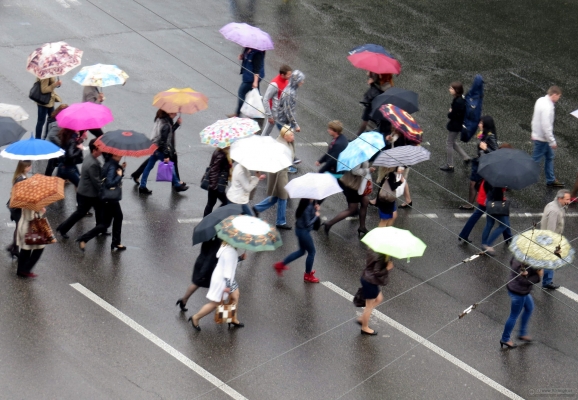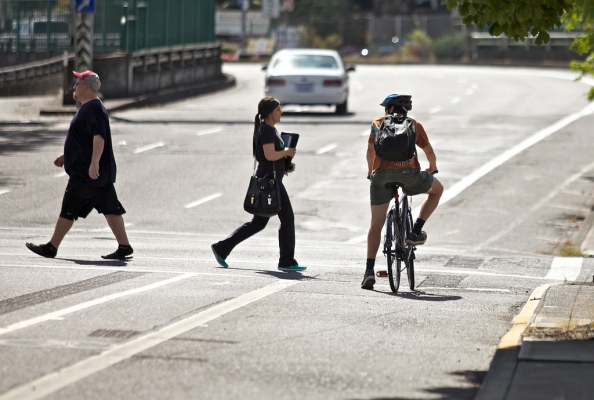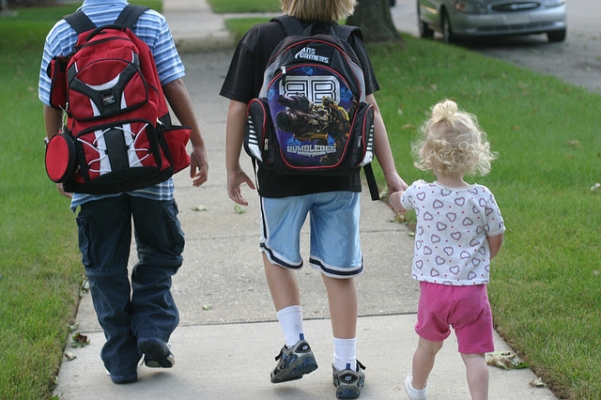Watch condensed preview video
Watch full video
View slides
If you would like to receive continuing education credits such as PDH or CM, please make sure to complete this evaluation form once you've watched the entire video so that we have a record of your attendance.
Why model pedestrians?
A new predictive tool for estimating pedestrian demand has potential applications for improving walkability. By forecasting the number, location and characteristics of walking trips, this tool allows for policy-sensitive mode shifts away from automobile travel.
There is growing support to improve the quality of the walking environment and make investments to promote pedestrian travel. Despite this interest and need, current forecasting tools, particularly regional travel demand models, often fall short. To address this gap, Oregon Metro and NITC researcher Kelly Clifton worked together to develop...
Read more



